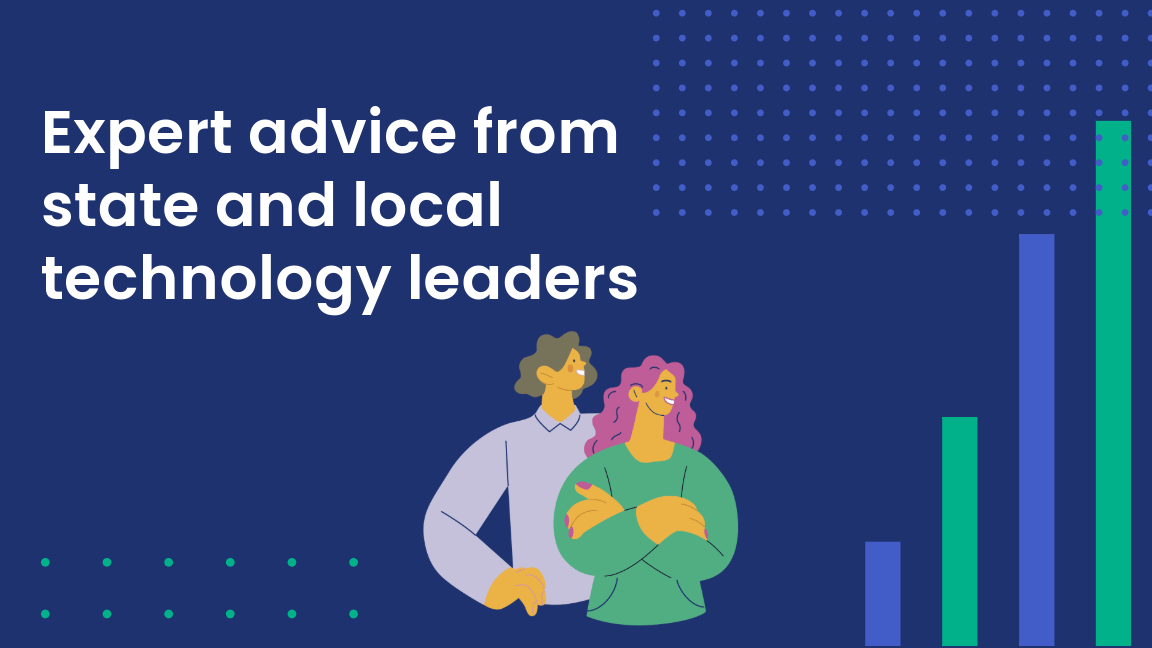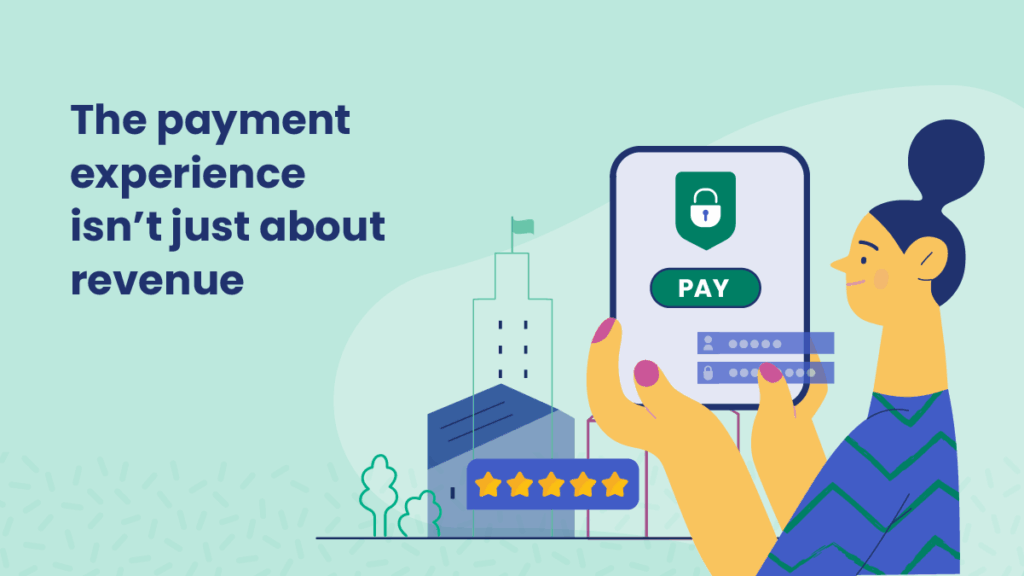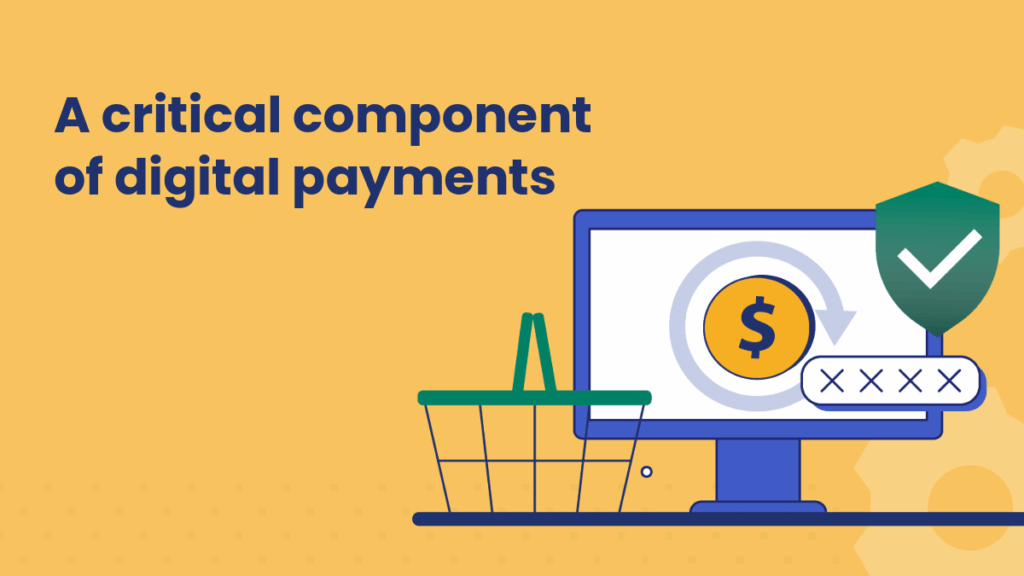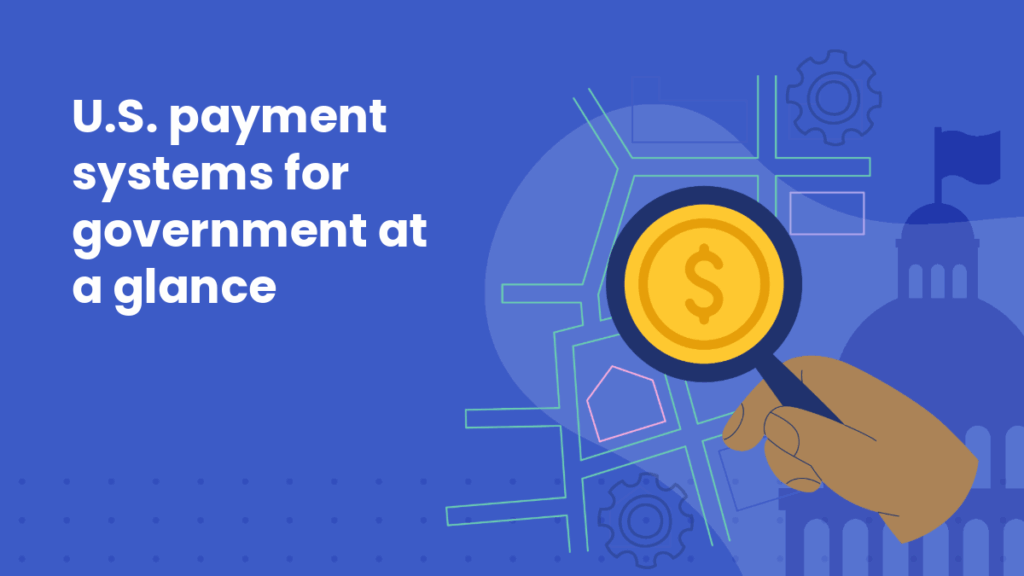7 expert tips for government digital transformation | Lessons from top CIOs

Government digital transformation is no longer optional. Residents expect easy, intuitive, mobile-friendly services from their state and local governments — and CIOs are leading the way in meeting those expectations.
In the second episode of the Digital Government Excellence Symposium (DGES), top government technology leaders shared actionable advice on navigating modernization challenges.
How do government CIOs juggle competing priorities in digital transformation?
Here are seven key lessons from state and local CIOs on how to successfully champion digital transformation.
1. Design every service around the resident experience
Jim Weaver, CIO of North Carolina, defines digital transformation simply: focus on the resident first. Many government agencies rush to digitize services without considering how residents interact across agencies. Weaver encourages governments to:
- Map the resident journey across different government touchpoints
- Build services that minimize friction between departments
- Conduct resident usability testing before launch
Digital transformation must be designed “from the outside in” — based on resident needs, not agency structures.
2. Make accessibility a top priority to close the digital divide
Jonathan Feldman, CIO of Wake County, North Carolina, emphasizes that without equitable access, no digital service can succeed. To help bridge the digital divide, governments should consider:
- Broadband access for all residents
- Affordable devices and training
- Digital literacy support through public programs
Wake County’s broadband expansion project connected over 1,500 previously unserved locations, demonstrating that infrastructure investment is essential for inclusive digital transformation.
3. Meet resident expectations for mobile services
Bill Smith, CIO of Alaska, notes that today’s residents expect government services to work like private sector apps. To meet these expectations:
- Develop mobile-first service platforms
- Implement single sign-on (SSO) systems to simplify access
- Engage residents directly to design services around their needs
Bottom line: Residents don’t differentiate between state, local, or federal — they expect one smooth experience.
4. Embrace artificial intelligence (AI), and use it thoughtfully
AI offers major potential for government innovation, but Jonathan Feldman advises a cautious, risk-aware approach.
Wake County’s AI initiatives focus on:
- Low-risk use cases, such as transcribing historical documents
- Human review of AI outputs to prevent errors and hallucinations
- Public data projects where privacy risks are minimized
Advice for leaders: Start with AI projects that automate labor-intensive tasks — but keep humans in the loop.
5. Prioritize communication when launching new digital services
New technology launches can fail if residents aren’t properly informed. Feldman stresses the importance of robust communication plans, including:
- Partnering early with communications departments
- Creating multi-channel outreach strategies (email, print, media)
- Maintaining transparent messaging before, during, and after launches
If residents don’t know about a service (or don’t understand it), even the best tech won’t succeed.
6. Treat change management as a core part of the project, not an afterthought
Government CIOs must actively manage the human side of technology change. These experts recommended:
- Addressing employee fears and hopes early
- Avoiding fake choices (don’t ask for feedback on non-negotiable decisions)
- Starting change management months before rollout to build trust and readiness
Successful digital transformation projects invest as much in people as they do in platforms.
7. Invest in employee experience
Leading private-sector companies have learned this lesson: happy employees create better customer experiences. Feldman explains Wake County’s approach:
- Prioritize employee well-being as a core organizational value
- Offer flexibility, healthcare, and mental health support
- Connect IT staff to the mission and purpose of their work
By taking care of public sector employees, governments create better services for residents.
Building resident-centered digital government services
State and local technology leaders agree: The next era of government services is built on accessibility, resident experience, and strategic updates. By modernizing outdated systems, thoughtfully embracing AI, and focusing on resident needs, government agencies can deliver the efficient, responsive services their communities expect.
CIOs emphasized these points on the path to resident-centric digital services:
- Start with access
- Focus on user experience
- Leverage AI strategically
- Over-communicate
- Invest in your team
For more depth on the topic and real-world examples from top CIOs, watch the full webinar here.
Looking for more content?
Get articles and insights from our monthly newsletter.




